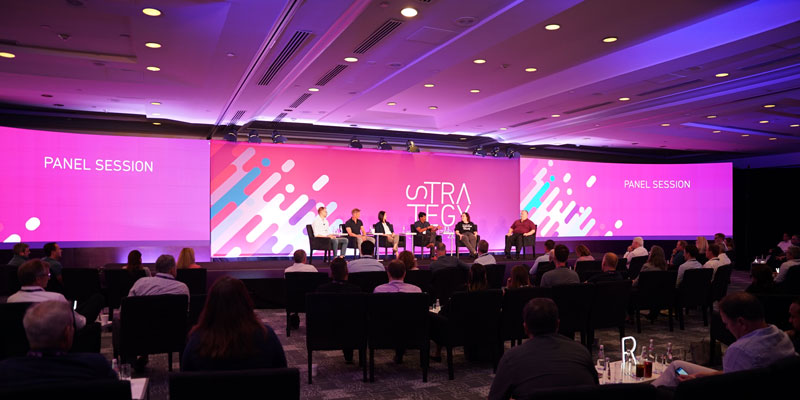Exploring The Way Resolution Affects the Performance and Visual Caliber of LED Walls in Contemporary Display Techniques
Exploring The Way Resolution Affects the Performance and Visual Caliber of LED Walls in Contemporary Display Techniques
Blog Article
LED screens are becoming more and more popular in various settings, including musical events and sports events to business displays and art installations. One of the most important factors that affect the functionality and image quality of these displays is image clarity. Image resolution refers to the number of picture elements that compose the visual on the screen. Higher resolution indicates additional picture elements, which can lead to sharper and clear visuals. Grasping how resolution impacts LED walls can help users make knowledgeable choices about their screen requirements.
When talking about image clarity, it is crucial to take into account picture spacing, which is the gap between the midpoint of one picture element to the midpoint of the following picture element. A reduced picture spacing yields a higher resolution, enabling more detail in the images displayed. For instance, an LED screen with a picture spacing of 1.5mm will offer a sharper image than one with a pixel pitch of 3mm. This is particularly important in settings where audiences are near to the display, such as in a compact venue or a trade show booth. In these situations, a higher resolution can greatly improve the observing quality.
Another factor of resolution is its impact on color accuracy and luminosity. LED screens with higher resolutions often have better hue rendering, indicating that the hues shown are increasingly vibrant and true to life. This is crucial for uses like marketing, where the objective is to attract interest and led wall rental for sports events communicate a message effectively. Additionally, higher image clarity screens can preserve luminosity levels even when viewed from different perspectives. This is crucial in big venues where audiences may be positioned at different distances and angles from the screen.
The performance of LED walls is also affected by image clarity in terms of update frequencies and reaction durations. A greater image clarity screen can support quicker update frequencies, which is crucial for fast-moving material such as films and motion graphics. This indicates that the visuals on the display will look more fluid and increasingly fluid, enhancing the overall viewing experience. In comparison, lower resolution displays may struggle with fast-moving content, leading to blurriness or lag. Therefore, for events that rely on dynamic images, selecting a screen with a appropriate image clarity is critical.
In conclusion, resolution plays a vital role in determining the performance and image clarity of LED screens. Elements such as picture spacing, hue accuracy, brightness, refresh rates, and response durations all affect how efficiently a screen can communicate data and engage viewers. As technology continues to advance, grasping these factors will assist operators select the right LED wall for their specific needs, ensuring that they achieve the best possible results in their presentations and events.